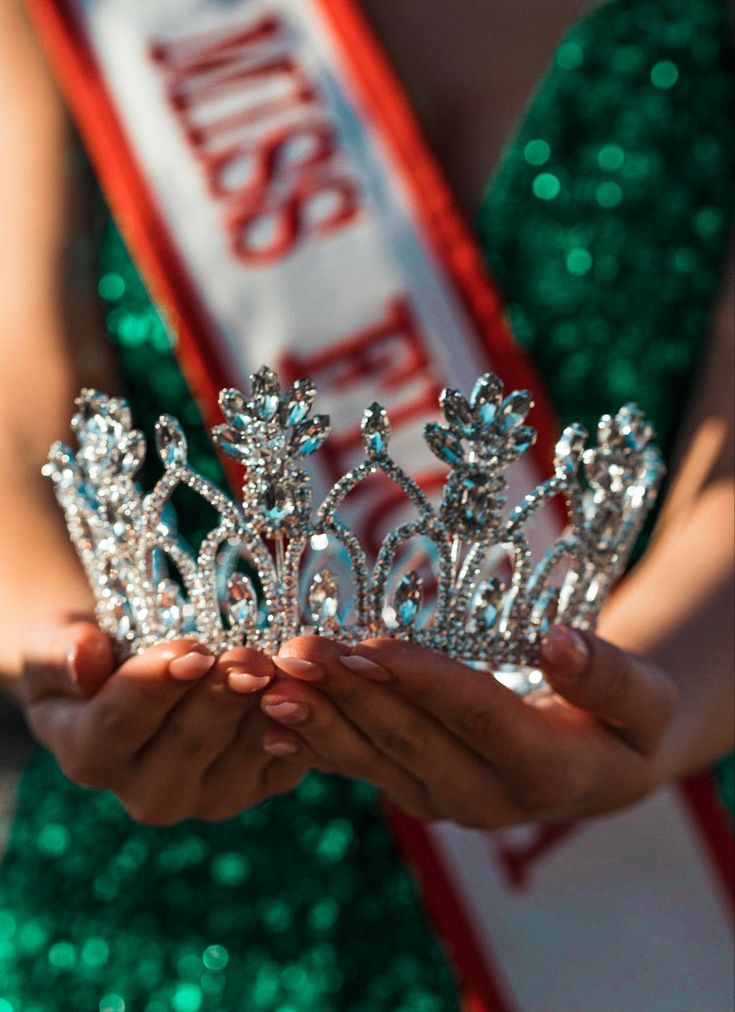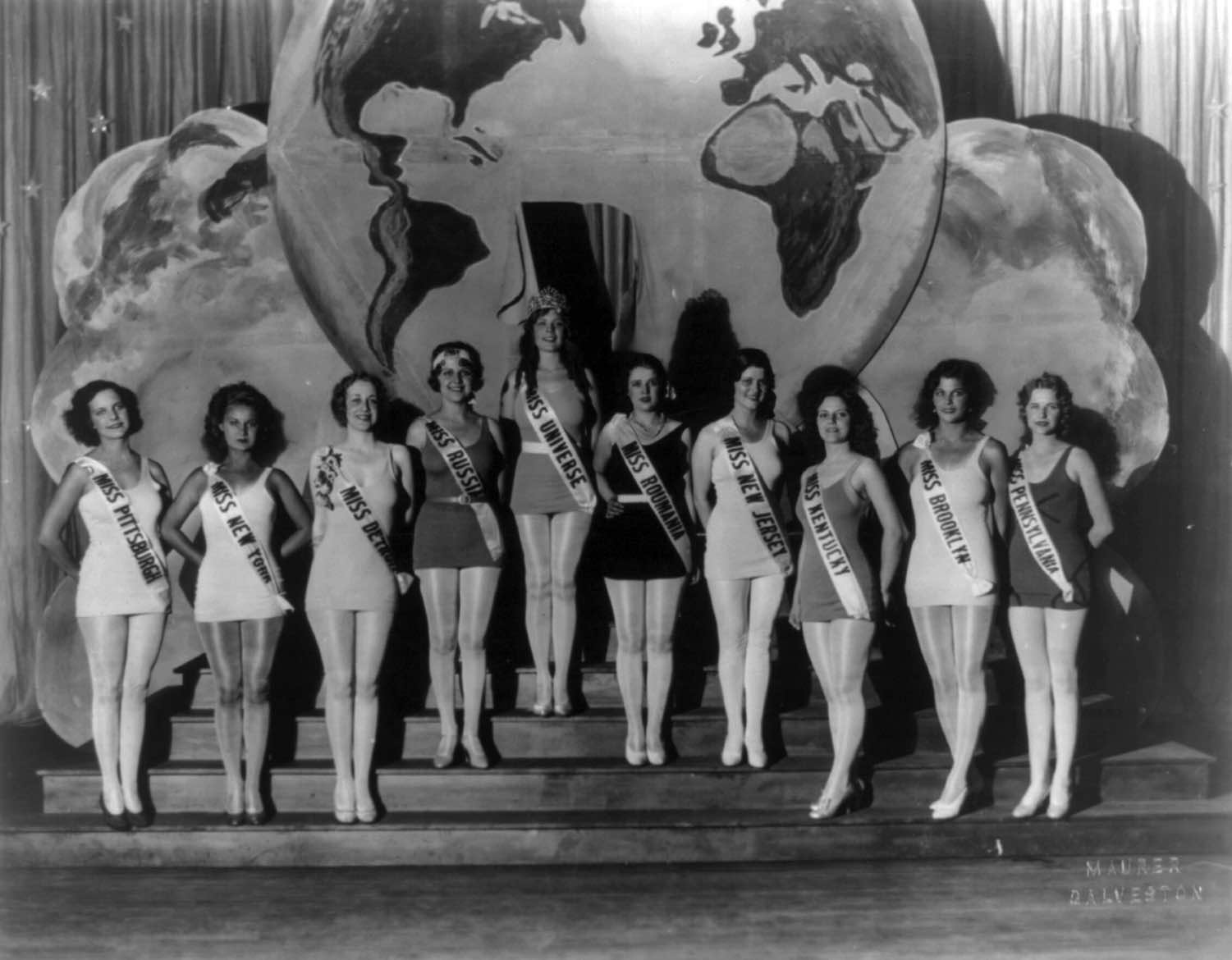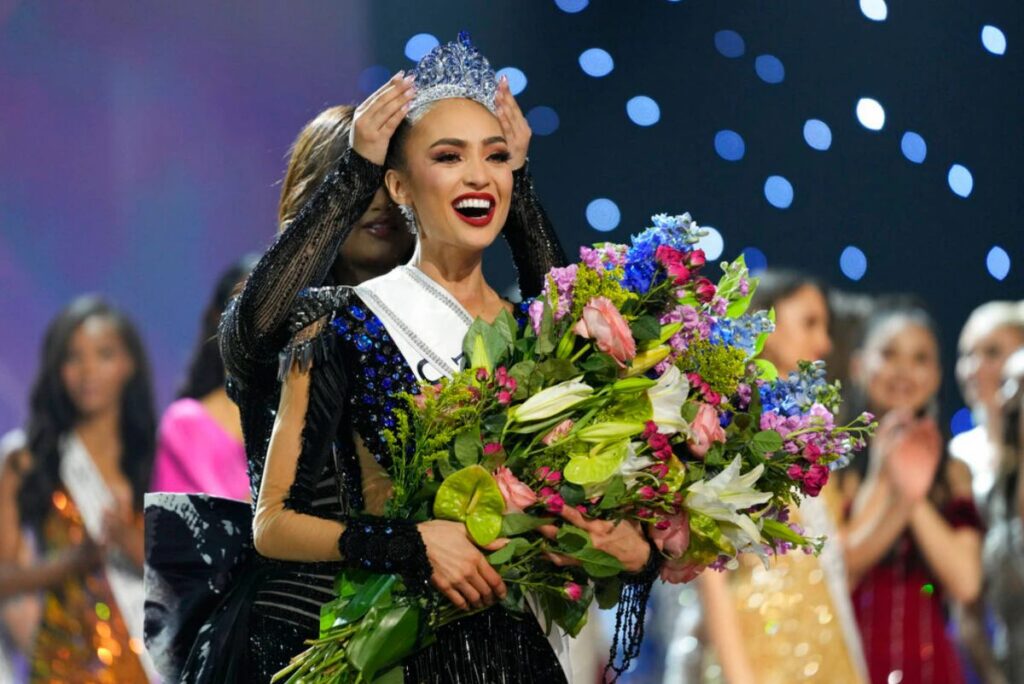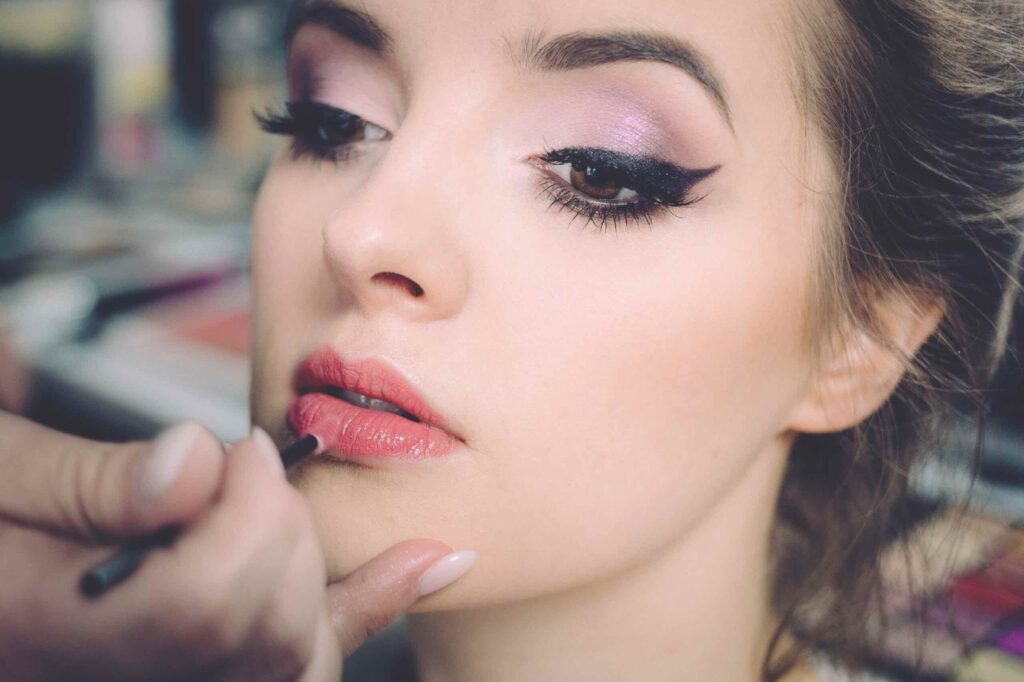Humankind has always been drawn to things of beauty. Perhaps the reason beauty is so alluring is because it is an open secret. Nobody knows why something is as beautiful as it is. It is a human tendency to rationalize the things we see and experience in the world. But for beauty, which is something that truly does lie in the eye of the beholder, how does one rationalize it? How does one measure beauty or what it means to be beautiful?
This particular feat, of trying to measure beauty is something that mankind has endeavored to accomplish since time immemorial. Legends and folk stories about finding and crowning the “fairest of them all” have existed in our lore, no matter our localities. We have certainly been preoccupied with determining who the most beautiful amongst us was, and more often than not, the fairest of the lot would be laureled and rewarded.

Tracing The History of Beauty Pageants: How Did They Come to Be?
The earliest instances of competitions like beauty pageants were recorded in ancient and medieval Europe. The ancient Greeks held competitions where male contestants were judged on their physiques. Many harvest festivals and local celebrations like the May Day festivities in medieval England involved the selection of a queen. These “queens” were expected to embody the ideals of beauty for that time while simultaneously being paragons of the community’s values. They also were meant to represent bounty and good fortunes to come.
Phineas Barnumis credited for having organized the first beauty pageant-like contest held for women in the 1850s. Barnum was known as “America’s Greatest Showman” and owned dime museums in which he would organize several nationwide contests. However, the first-ever pageant-like event he held failed because it was too much of a scandalous affair to parade around young women publicly. Barnum turned this failure around by introducing a new type of event that accepted contestant entries in the form of portraits. These portraits were then displayed in his museum and the public were free to vote for their favourite ones. The favourites were then compiled into a book that was to be published in France. Such types of contests gained popularity over the decades and spread far and wide.
The first ever modern beauty pageant, however, was the Miss America Pageant that was held on the boardwalks of Atlantic City in 1921 as a way to get tourists to stay back after the Labour Day Celebrations. This contest was the first time that the contestants competed in a swimsuit contest, albeit this swimsuit contest was nothing like the contests of today, with the swimwear being knee-length one-pieces that were rather modest. The winner was chosen based on points awarded by the panel of judges and audience reactions. The festivities surrounding this pageant only grew in the years to come. The organizers presented the contest as something that was wholesome and youthful to avoid allegations of immorality. They further stressed that the young women who participated in this pageant and then subsequently won were exactly the type of women that the country needed – youthful and embodying the virtues of American households.
The Miss America pageant was the first of many beauty pageants that would take the country, and subsequently the world, by storm. Hollywood helped pageant culture spread to other countries in the 1930s and 40s. Films and the media were instrumental in the formation of an international pageant culture in the 1950s. Beauty pageants today exist in almost every country at both regional and national levels. The most prominent and prestigious pageants however are the Miss Universe, Miss World, Miss International, and Miss Earth pageants. These international pageants are known as the ‘Big Four’ and emerging victorious in one of them is quite the herculean task. For an individual to even qualify as a contestant she must have already won one of the major national pageants in her home country.

Political controversies
Beauty pageants have had their fair share of political controversy, most of which has been geared around the swimsuit competition section of the pageant. The swimwear contests have almost always been surrounded by scandal, even in the early eras of modest swimwear. The very first beauty pageant held in the UK was met with severe public outrage because of the amount of skin on display.
Another instance would be the 1996 edition of the Miss World pageant held in India, that was met with severe backlash. Several women’s groups, farmers’ associations and even political parties opposed the pageant.
This was rather surprising because by this time India was no stranger to beauty pageants. There had been multiple Indian winners in the Big Four pageants with the most recent ones being the victories of Sushmita Sen and Aishwarya Rai at the Miss Universe and Miss World competitions of 1994 respectively. So why the tumultuous uproar?
It was argued that India at the time was not ready for such overt statements of femininity. The fear that the swimsuit contests would lead to an increase in “promiscuity and prostitution” was the main driving force of the protests. India had just taken its first steps into the globalized world. The worry that “traditional” Indian values of modest femininity would be lost somewhere along the way probably made the swimsuits of the western world a little too much for the Indian middle class to digest.
Similar protests were seen when the Miss World Pageant was held in Indonesia in 2013. Protestors from Islamic groups like Hizbut Tahir Indonesia vehemently protested this pageant on the grounds that the bikinis worn in the swimsuit contests would violate the local culture.

Are Beauty Pageants Even Relevant Today?
A little bit of light reading on the world of pageantry will tell us that this industry is a far cry from the glamourous haven it makes itself out to be. Questionable objectives, body shaming, creepy owners, and their questionable morals are just the tip of the iceberg, which begs the question- are pageants even relevant today?
Initially beauty pageants provided young women with an opportunity to make their own way in the world. It opened up doors that never existed. But in today’s world where a woman can make a mark in almost any field she chooses, pageantry has more or less lost credibility as a form of self-sustenance and financial stability.
The big four pageants make big claims of being able to single out the ideal woman.We must ask ourselves how on earth this would be possible. The most beautiful woman on the planet might not be a contestant. Also, who is to say that the most beautiful person on the planet truly embodies the ideals represented by these beauty pageants? In the initial few decades of international pageantry, the concept of the ideal woman, at least in her physical features, had tended towards to a more Western, Euro-centric ideal. Over the years this has changed, with the winners becoming increasingly diverse in terms of race. However, this diversity does not extend to body types. International pageants have knowingly or unknowingly pushed the narrative that the ideal woman must be tall, willowy, and beautiful. This sort of messaging is increasingly problematic and even the winners and contestants are not spared from the hate that arises from normalizing these sort of beauty standards.
However, we cannot cancel out the good done by these pageants, most of which is by virtue of the contestants and especially the winners. One of the most important aspects of international beauty pageants is that they are symbols of femininity and female empowerment. These contests help to shine a bright spotlight on the issues and causes championed by the winners. Questions about womanhood, race, gender, morality, and body shaming are thrust into the limelight in a way that they never were before.

For instance, with new owner Anne Jakrajutatip, a trans woman, at the helm, the Miss Universe Pageant is expected to become an improved version of itself as for the first time in its history, the pageant will be an entire woman-run event; and one that is open and inclusive at that too, seeing as for the first time since its inception, married women, pregnant women and mothers will be allowed to compete.
Perhaps the most important facet of modern-day beauty pageants is that they unapologetically celebrate femininity and womanhood. Even though they often go about it in a rather archaic way, pushing notions of beauty that create an air of exclusivity around the contests, it is safe to say that these pageants are a platform and will continue to be so. And in the hands of the right people, these contests and their platforms can do a whole lot of good.
Written by – Nandini Pillai
Edited by – Vanshika Haldiya




